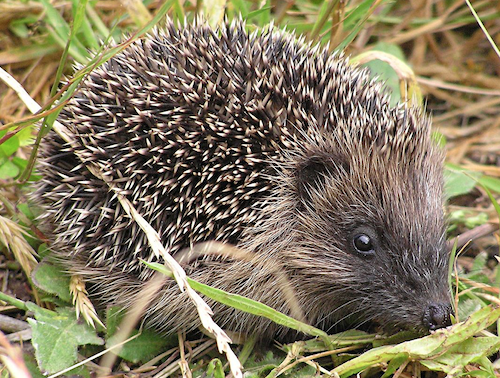Story Excerpt
Hedgehogs can eat 160 grams of invertebrates per day, and one study in the Waitaki river basin found a single hedgehog with 283 native wētā legs in its stomach. It’s a figure often quoted by ecologists like Nick Foster from the Te Manahuna Aoraki Project, which was launched in 2018 to protect the unique species and ecosystems of the upper Mackenzie Basin.
“If you divide that by six, that was 47 wētā just in a single 24-hour period,” says Foster, referring to the standard feeding cycle for an adult hedgehog.
“And if there’s 30 to 40 hedgehogs in every square kilometre, it’s a wonder that there are any bugs left at all. They’re putting tremendous pressure on invertebrate fauna.”
Foster’s seen the damage firsthand through his doctoral research tracking hedgehogs across the Mackenzie Basin. His findings show hedgehogs go much higher and further than previously thought, and will quite happily hibernate at very high alpine altitudes.
And, no surprise, they are voracious eaters.
“If you take a look at a hedgehog poo, it just sparkles with iridescent beetle shells,” says Foster.
“Just before Christmas every year in the basin we get this flush of bright green shiny beetles, and so you’ll be walking around, and you’ll see this hedgehog scat, and it will be almost like a Christmas ornament, full of these little beetle casings.”
Foster’s also particularly concerned about the impact on ground-nesting birds.
“The kakī, the black stilt, one of the rarest birds in New Zealand, has really poor nest success, and that’s because hedgehogs are running around in these riverbeds just munching up eggs,” he says.


